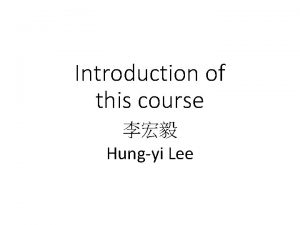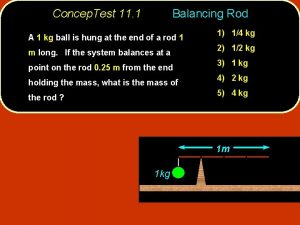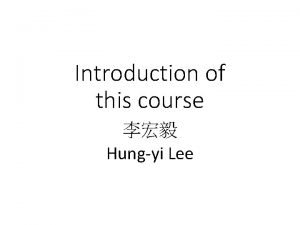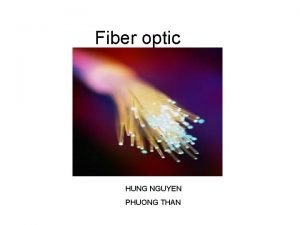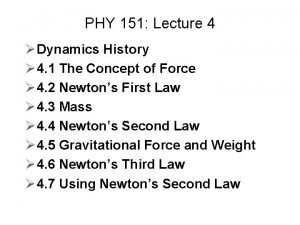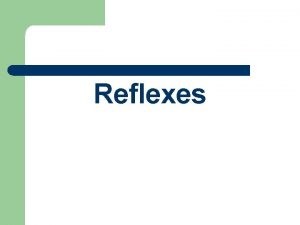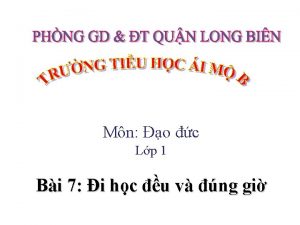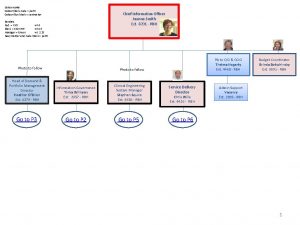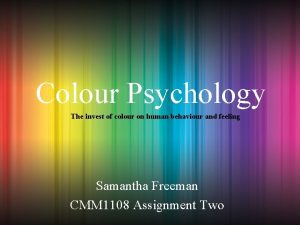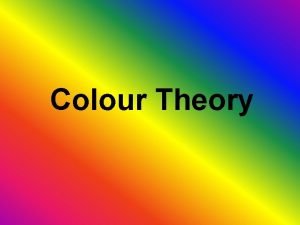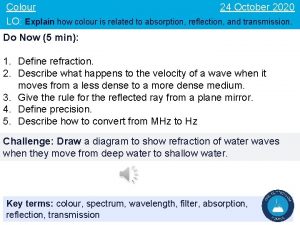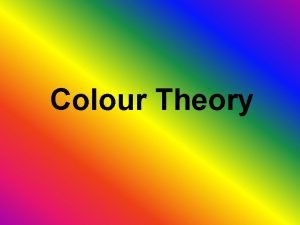Colour Constancy T W Hung Colour Constancy Human








![Model • Coefficient Model [Von Kries, Finlayson] Ci, j, 1 = T Ci, j, Model • Coefficient Model [Von Kries, Finlayson] Ci, j, 1 = T Ci, j,](https://slidetodoc.com/presentation_image_h/93cab2d67c10ea1b6c1409b3468528c7/image-9.jpg)












- Slides: 21

Colour Constancy T. W. Hung


Colour Constancy – Human • A mechanism enables human to perceive constant colour of a surface over a wide range of lighting conditions. • Land studied and attempted to explain the mechanism, Retinex theory.


Colour Histogram 1 (picture 3) Image under reference lighting condition Colour Histogram 2 (picture 4) Image under biased lighting condition

Colour Constancy - Machine Problem: • Model What form of a transform used in the algorithm is sufficient to discount the effect of change of illuminant • Mechanism How to compute the parameters of the desired transformation

Common Assumption • A set of squared colour patches • Reasonable number of different coloured patches • Surface property is Lambertian • Single source of illumination • Even illumination over the scene

![Model Coefficient Model Von Kries Finlayson Ci j 1 T Ci j Model • Coefficient Model [Von Kries, Finlayson] Ci, j, 1 = T Ci, j,](https://slidetodoc.com/presentation_image_h/93cab2d67c10ea1b6c1409b3468528c7/image-9.jpg)
Model • Coefficient Model [Von Kries, Finlayson] Ci, j, 1 = T Ci, j, 2

Mechanism • White patch algorithm Maximum to predefined maximum • Grey world algorithm Average to predefined average • Gamut mapping method Feasible mapping with Surface colour constraints, illumination constraints • Specular highlight detection method Detect the presence of the specular highlight • Retinex algorithm Average of logorithmic ratio of surface i and its neighborhood colours

“All objects that are known to us from experience, or that we regard as familiar by their colour, we see through the spectacles of memory colour” Hering 1878

Problem To compute a transformation to match the colours in the image to a database of ‘known’ colours. 1. 2. 3. Form of transformation Fitness measure for the matching criteria Matching method



Mahanobis eqn.

Experimental setting

Graph of lighting

Picture



Conclusion • Description of the colour constancy problem: model and mechanism • Description of some of the existing algorithms • • Simple linear transformation Minimum error matching criteria Match to ‘normalised’ colour model Adaptation to relative colour match, seems robust
 Tranh đền hùng
Tranh đền hùng Hung bui
Hung bui Hungyi lee
Hungyi lee Felling a hung up tree
Felling a hung up tree Anh hùng lấy thân làm giá súng
Anh hùng lấy thân làm giá súng Whats a hung jury
Whats a hung jury Thpt mỹ hòa hưng an giang
Thpt mỹ hòa hưng an giang Substantv
Substantv Hung yi lee
Hung yi lee Samantha hung
Samantha hung Cao đẳng nghề trần hưng đạo
Cao đẳng nghề trần hưng đạo Hungyi
Hungyi John tyndall fiber optics
John tyndall fiber optics When two objects of unequal mass are hung vertically
When two objects of unequal mass are hung vertically Brisk reflex means
Brisk reflex means Ernest hung
Ernest hung Hungyi lee
Hungyi lee A loose spiral spring is hung from the ceiling
A loose spiral spring is hung from the ceiling Doll may shuns
Doll may shuns Yvonne hung
Yvonne hung Hãy kể những điều em biết về các vua hùng
Hãy kể những điều em biết về các vua hùng Hung fan sing
Hung fan sing


